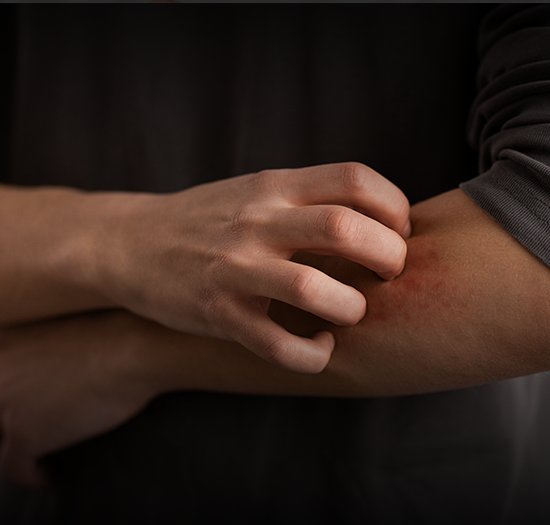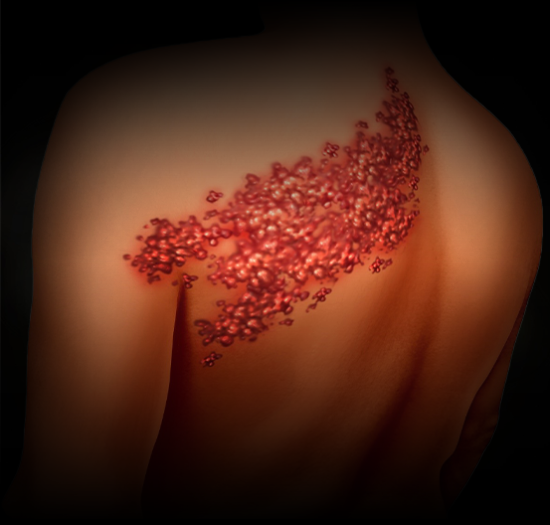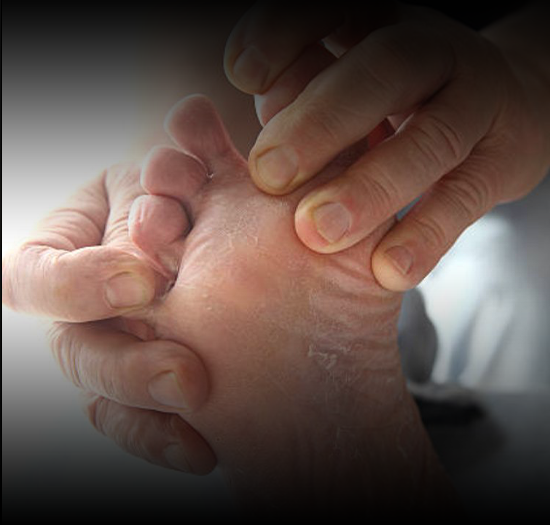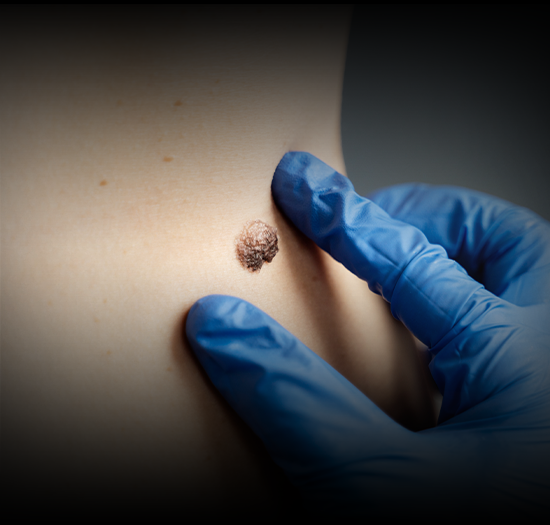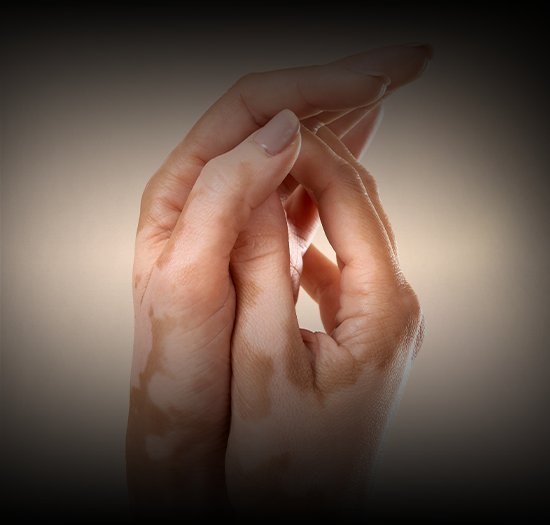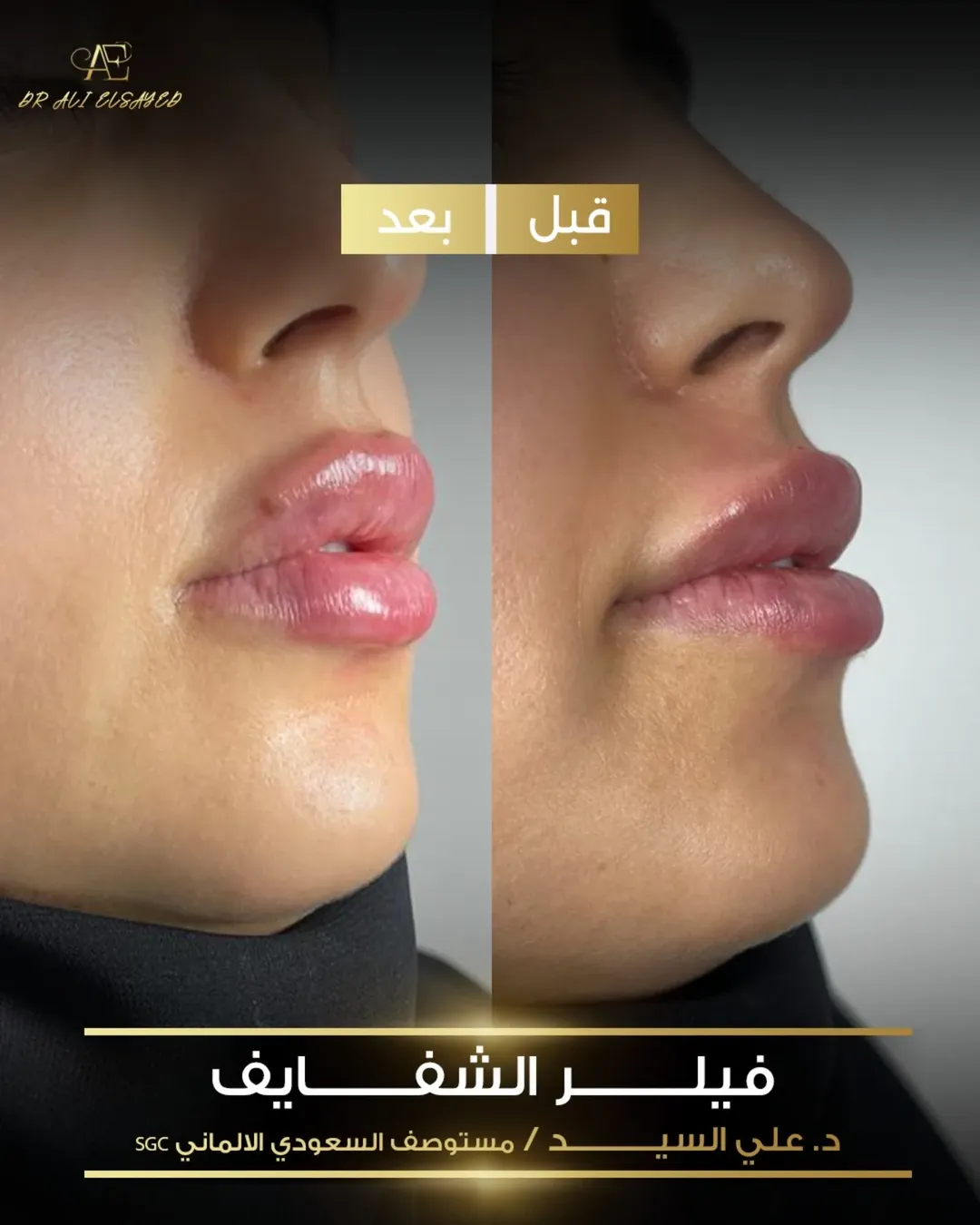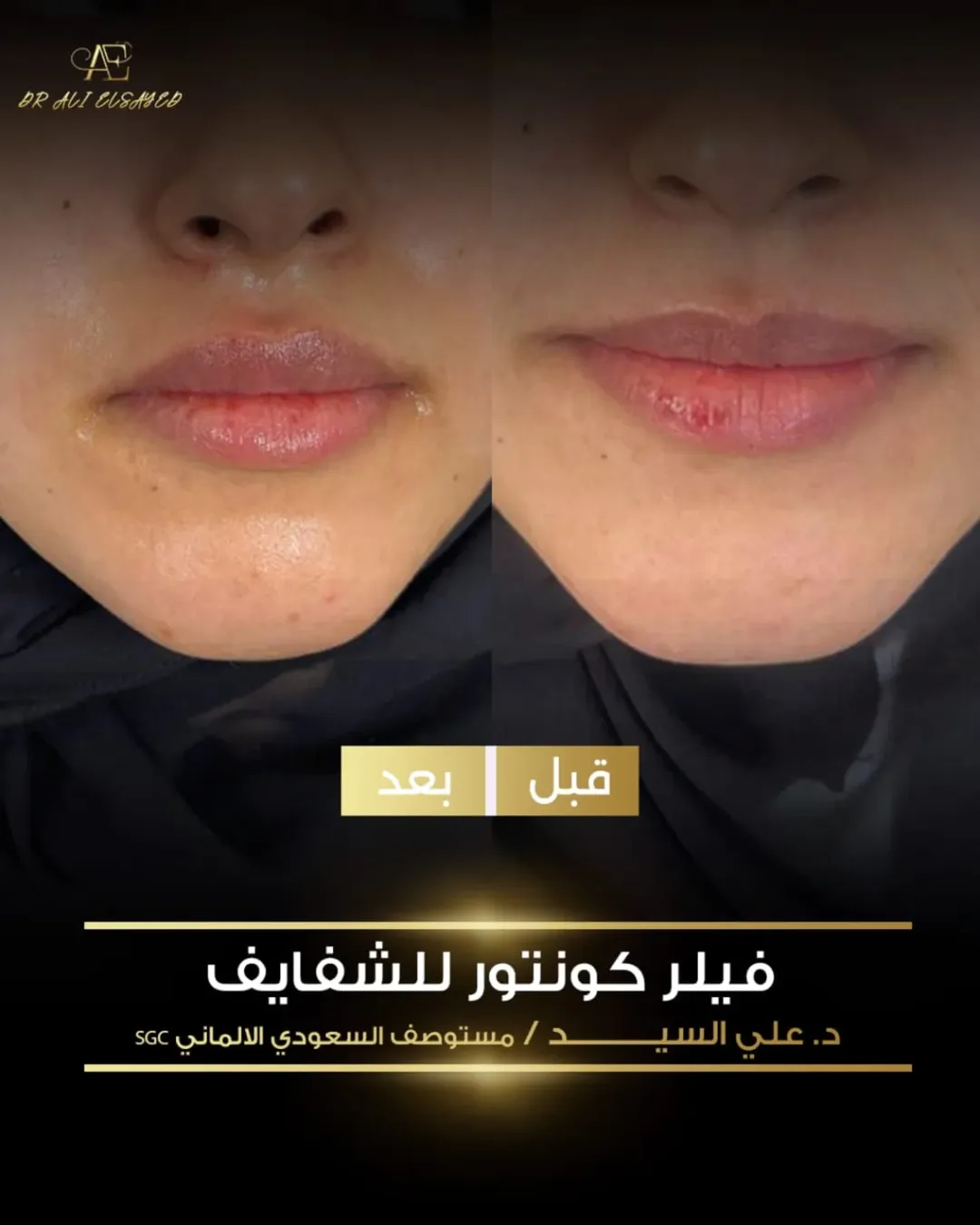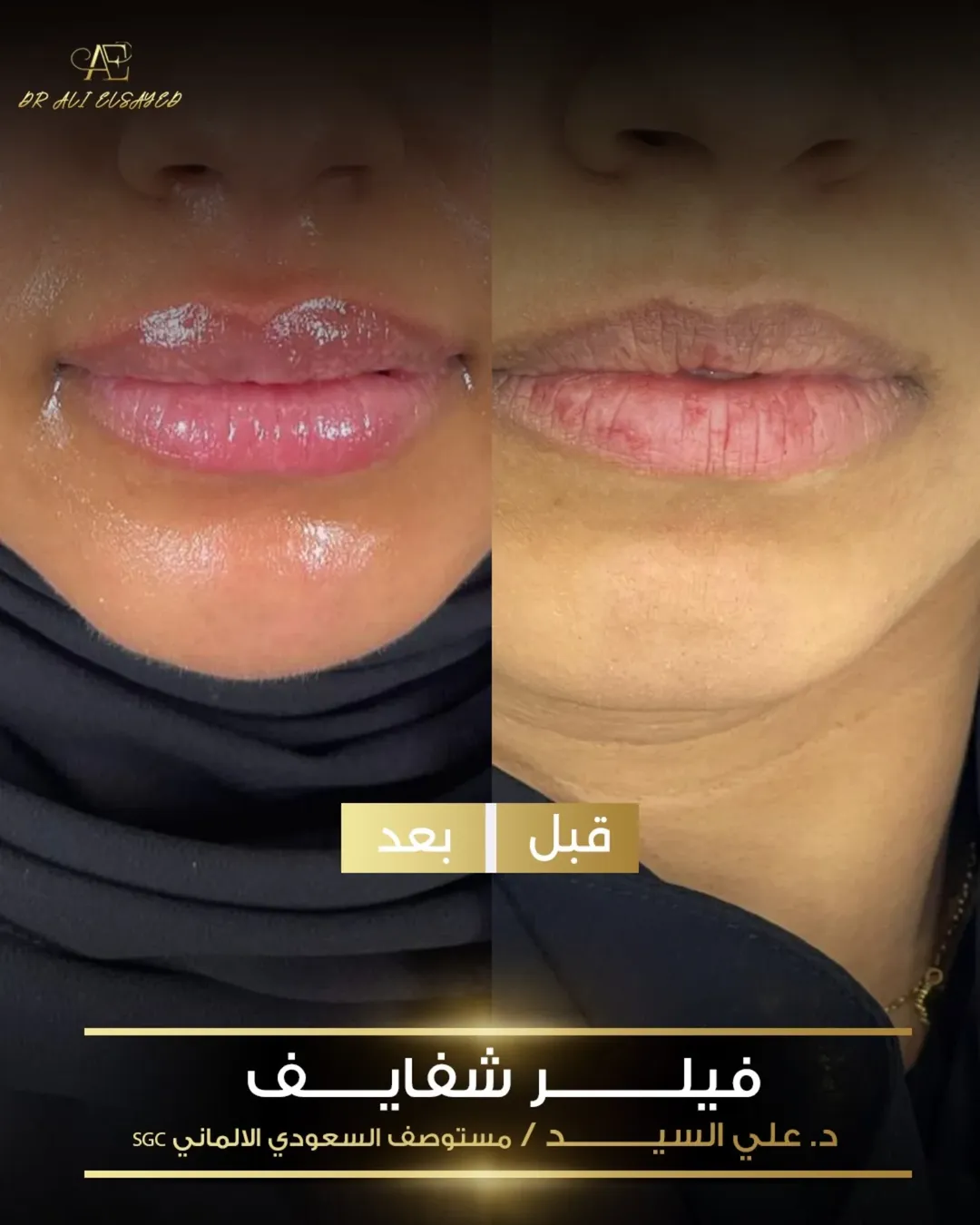Skin Disease Diagnosis
and Treatment
Psoriasis
Psoriasis is a chronic autoimmune skin condition that causes the rapid buildup of skin cells, leading to the formation of thick, scaly patches.
These patches, often red or silver, can appear anywhere on the body but are most commonly found on the scalp, elbows, and knees.
Psoriasis occurs when the immune system mistakenly attacks healthy skin cells, speeding up the growth cycle. This condition is not contagious but can be triggered or worsened by factors such as stress, infections, medications, and weather conditions.
Although there is no cure for psoriasis, various treatments like topical creams, phototherapy, and systemic medications are available to manage symptoms, reduce flare-ups, and improve quality of life.
Urticaria (Hives)
Urticaria, commonly known as hives, is a skin condition characterized by raised, red, itchy welts or bumps that appear suddenly on the skin.
These welts are often a result of an allergic reaction, though they can also be triggered by stress, medications, infections, or certain foods.
The condition can vary in severity, with the welts appearing anywhere on the body, and may last for a few hours or up to several days.
Urticaria occurs when the body releases histamines in response to a trigger, causing blood vessels to leak fluid and leading to the formation of the itchy welts.
While most cases are acute and resolve on their own, chronic urticaria may require medical treatment to control symptoms, with antihistamines being commonly used to relieve itching and inflammation.
Shingles (Herpes Zoster)
Shingles, also known as herpes zoster, is a painful viral infection caused by the reactivation of the varicella-zoster virus, the same virus responsible for chickenpox.
After recovering from chickenpox, the virus remains dormant in the body and can reactivate later in life, typically in individuals with weakened immune systems or older adults.
Shingles usually appears as a red, blistering rash that forms along a specific nerve pathway, often on one side of the body, most commonly on the chest, abdomen, or face. It is accompanied by severe pain, itching, and burning sensations.
Although shingles itself is not contagious, the varicella-zoster virus can spread to individuals who have not had chickenpox or the chickenpox vaccine.
Treatment includes antiviral medications to shorten the duration and reduce the severity of symptoms, as well as pain relievers to alleviate discomfort.
Fungal Infections Between Toes
Fungal infections between the toes, commonly known as athlete’s foot, are caused by a group of fungi called dermatophytes.
Symptoms include itching, redness, peeling, and cracking of the skin between the toes, sometimes accompanied by a burning sensation or foul odor.
The infection is highly contagious and can spread through direct contact or by walking barefoot in places like locker rooms or public showers.
Treatment typically involves antifungal creams or powders, and in more severe cases, oral antifungal medications may be prescribed.
These welts are often a result of an allergic reaction, though they can also be triggered by stress, medications, infections, or certain foods.
The condition can vary in severity, with the welts appearing anywhere on the body, and may last for a few hours or up to several days.
While most cases are acute and resolve on their own, chronic urticaria may require medical treatment to control symptoms, with antihistamines being commonly used to relieve itching and inflammation.
Skin Tag Removal
Skin tags are benign, soft growths of skin that typically appear in areas of friction, such as the neck, underarms, and groin.
While they are harmless, skin tags can be bothersome or unsightly.
Our clinic offers safe and effective treatments for skin tag removal, including cryotherapy, laser therapy, and minor surgical procedures.
These non-invasive methods ensure quick removal with minimal discomfort and a smooth, clear result, restoring your skin’s natural appearance.
After recovering from chickenpox, the virus remains dormant in the body and can reactivate later in life, typically in individuals with weakened immune systems or older adults.
Shingles usually appears as a red, blistering rash that forms along a specific nerve pathway, often on one side of the body, most commonly on the chest, abdomen, or face. It is accompanied by severe pain, itching, and burning sensations.
Although shingles itself is not contagious, the varicella-zoster virus can spread to individuals who have not had chickenpox or the chickenpox vaccine.
Treatment includes antiviral medications to shorten the duration and reduce the severity of symptoms, as well as pain relievers to alleviate discomfort.
Vitiligo
Vitiligo is a skin condition where the skin loses its natural pigmentation, resulting in white patches or spots.
This occurs when melanocytes, the cells responsible for producing skin pigment, are destroyed or stop functioning. While the exact cause of vitiligo is unknown, it is often linked to autoimmune factors, genetic predisposition, or environmental triggers.
Treatment options include topical steroids, phototherapy, and in some cases, surgical procedures to help restore skin color and improve the appearance of affected areas.
Vitiligo can affect people of all ages and ethnicities, and while it is not contagious, it may cause emotional and psychological distress.
Our clinic offers personalized care to manage the condition and support overall skin health
While they are harmless, skin tags can be bothersome or unsightly.
Our clinic offers safe and effective treatments for skin tag removal, including cryotherapy, laser therapy, and minor surgical procedures.
These non-invasive methods ensure quick removal with minimal discomfort and a smooth, clear result, restoring your skin’s natural appearance.
After recovering from chickenpox, the virus remains dormant in the body and can reactivate later in life, typically in individuals with weakened immune systems or older adults.
Shingles usually appears as a red, blistering rash that forms along a specific nerve pathway, often on one side of the body, most commonly on the chest, abdomen, or face. It is accompanied by severe pain, itching, and burning sensations.
Although shingles itself is not contagious, the varicella-zoster virus can spread to individuals who have not had chickenpox or the chickenpox vaccine.
Treatment includes antiviral medications to shorten the duration and reduce the severity of symptoms, as well as pain relievers to alleviate discomfort.
Latest Cases
See the Difference: Before & After
Dr/Ali Elsayed
Location
First Floor, Building 1, Street 1, Al Jahra Private School Roundabout, Block 4, Al Jahra, Kuwait
Hours
Saturday – Thursday
2PM – 10PM

